Please, avoid Vertical Video Syndrome.
Thank you.
~Luke Holzmann
Your Media Production Mentor
12.08.2012
12.06.2012
What "Most" Mostly Got Wrong the Most
Most is an American Christian foreign film about a father's sacrifice. At least, that's what everyone seems to say. The trouble is, that's not what this 30 minute short shows us.
We are introduced to a boy and his father:
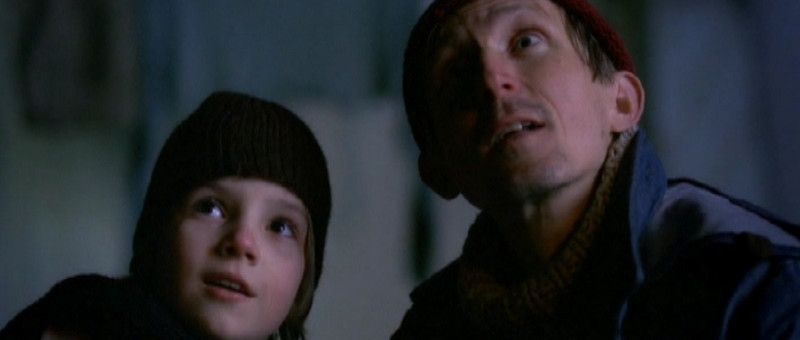
But then we are given a montage of pretty girls and wacky relationships. A few examples:
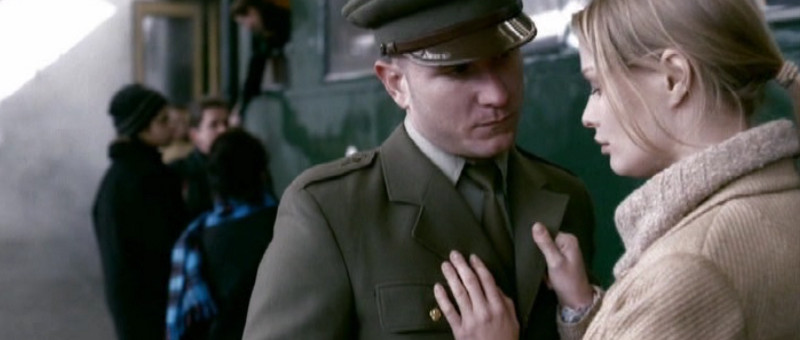
The Military Wife
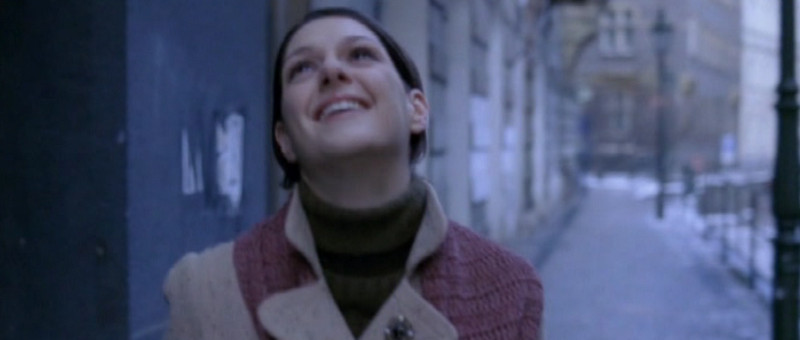
The Pretty Neighbor
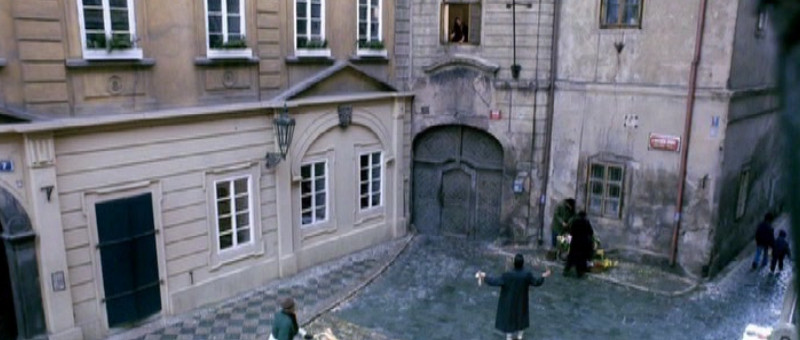
The Fighting Couple
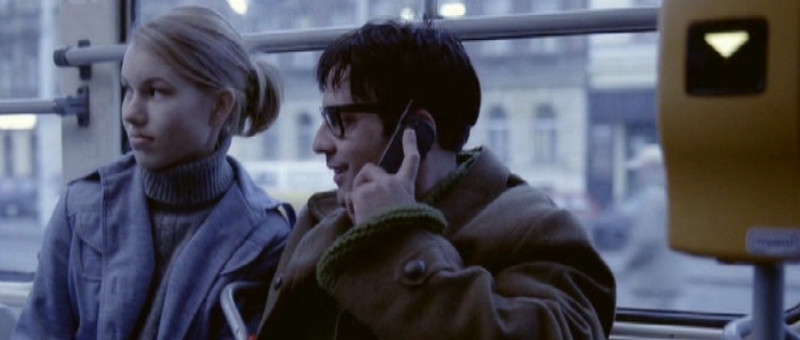
The Awkward Couple where the pretty girls looks like she'd rather be dead
Then we discover the main plot: A train--that connects these random people--is going to wreck if the boy and his father can't stop it from happening. Trouble is, the boy's life is in danger.
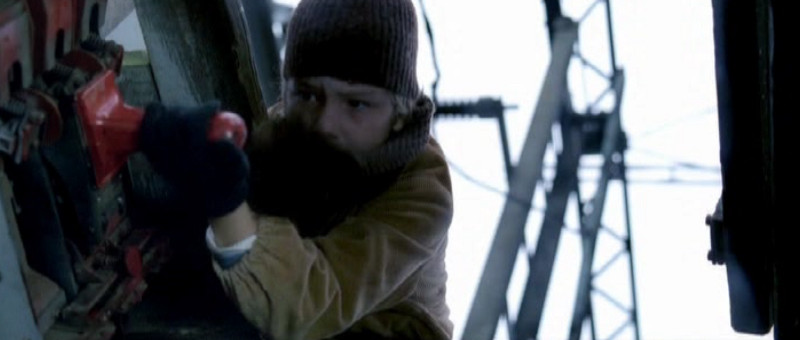
Trying to Save the Train
We see him fall... and then the dad is completely emotionally distraught because, it turns out, his son is now dead. Truly tragic.
But then we cut to a girl walking (happily?) in the snow. Sure, she was a former druggy who decided to stop after seeing the distraught dad, but what does that have to do with anything?
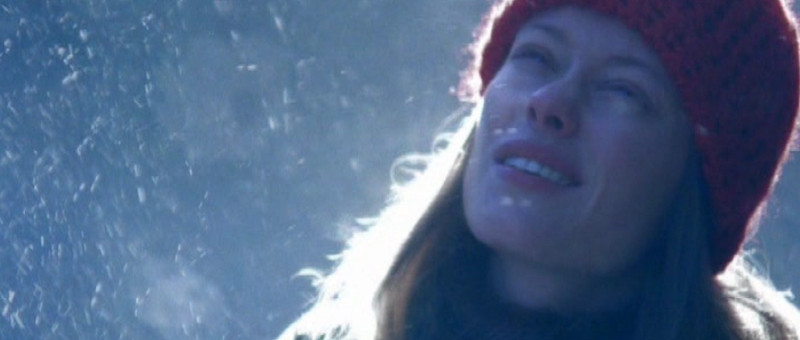
Huh?
Then this girl magically has a baby and the father is happy at this sight.
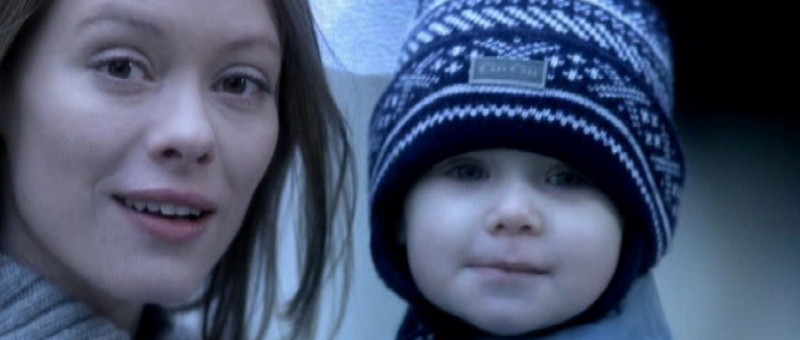
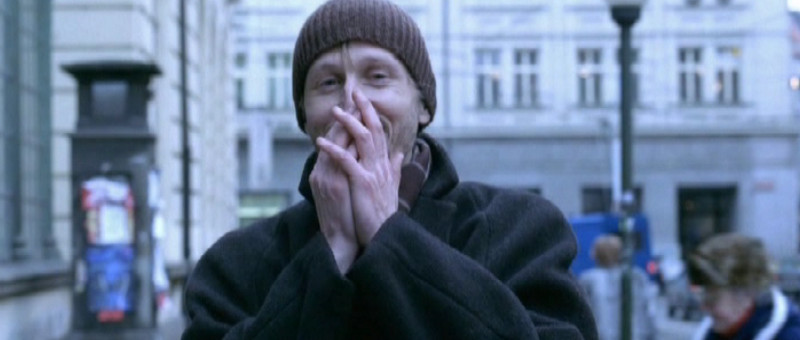
Fin.
This does not work on so many levels, but the two big ones are:
1. The vast majority of the film is about themes and ideas and people almost completely removed from the actual story of the movie. I get what the filmmakers were trying to do: Get us to care about the people. But instead of doing that, they confused us by telling us the movie was about these other relationships... and detract from the central message and the one important relationship.
Deja Vu does this so much better in the opening titles. In less than a minute, we know we care about the ferry and the people on it, but don't know any details of their lives. And the film is far better for it.
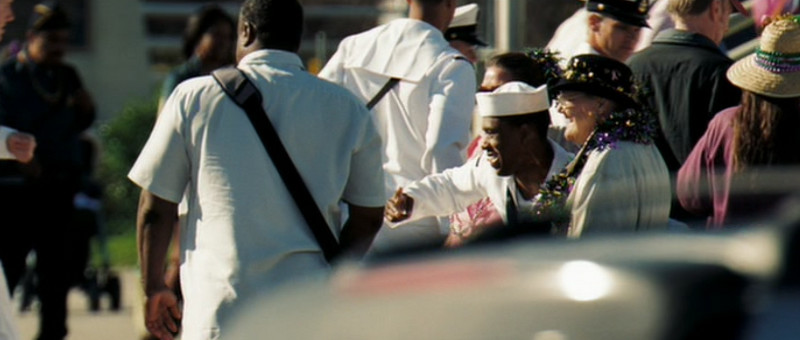
Deja Vu Crowd
2. We aren't shown the most important moment. We see the boy fall, the father freak out, and the train. We also get this ambiguous shot of the boy's body turning in some kind of wheel something for a half moment. I found myself wondering, 'Where did he fall? Why is this such a big deal?' Then, when the father become even more distraught, I realized, 'Oh! I'm supposed to care because the boy is dead. I guess he died when the train came. Hmm... I guess the father knew his son would die when he brought the bridge down. That would've been intense.'
Notice: It would have been intense... had I been shown what was going on. But this was a Christian film, so we can't have dismembered members flung bloodily across the screen (e.g. Sin City or 300). So they cut that moment out. And ruined the moment because it was only afterward, upon reflection, that I mentally realized what the event was. But film is a story meant to be experienced, not a philosophical question intellectually figured out.
So then, how? How do you keep it "clean" but still show the horror of this tragic event?
Lord of the Rings shows us. The absolutely perfect scene where Denethor sends his son to die. We never see a person die, but the sound of ripping chicken and the blood-like dribble from berries tells us all we need to know and more. It is one of the most disturbing and moving scenes I've ever watched... and the guy's "merely" eating lunch:
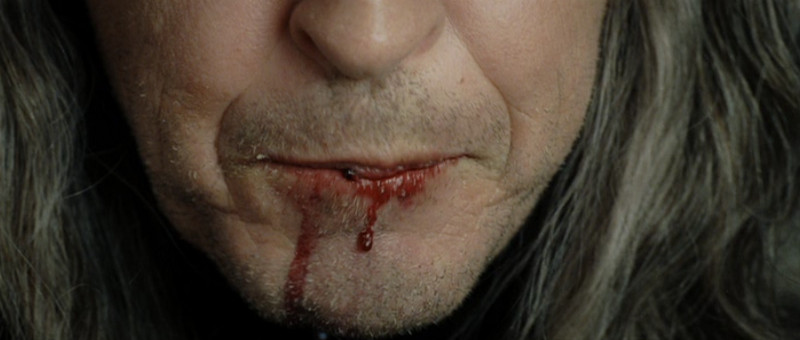
The Blood of Berries
The boy had a teddy bear--mentioned once in the film and forgotten after that, which is a different point altogether--and that could easily have been dropped into gears and torn apart with vengeance. Show me that before the father throws the switch, and suddenly, everything makes overwhelming brutal sense. And then, then, the moment makes sense. As it is, you have to try to sort it out and only later realize that the story is so intense.
Okay, look: The film is beautifully scored. The shots are nice--including a sweet crane shot. But the majority of the time the camera was also out of focus, which is more than a little bothersome. The acting was great. But these two huge problems--not to mention the lame drug story and the dubious implications of a religious tie-in--all make this movie mostly wrong.
~Luke Holzmann
Your Media Production Mentor
We are introduced to a boy and his father:

But then we are given a montage of pretty girls and wacky relationships. A few examples:

The Military Wife

The Pretty Neighbor

The Fighting Couple

The Awkward Couple where the pretty girls looks like she'd rather be dead
Then we discover the main plot: A train--that connects these random people--is going to wreck if the boy and his father can't stop it from happening. Trouble is, the boy's life is in danger.

Trying to Save the Train
We see him fall... and then the dad is completely emotionally distraught because, it turns out, his son is now dead. Truly tragic.
But then we cut to a girl walking (happily?) in the snow. Sure, she was a former druggy who decided to stop after seeing the distraught dad, but what does that have to do with anything?

Huh?
Then this girl magically has a baby and the father is happy at this sight.


Fin.
This does not work on so many levels, but the two big ones are:
1. The vast majority of the film is about themes and ideas and people almost completely removed from the actual story of the movie. I get what the filmmakers were trying to do: Get us to care about the people. But instead of doing that, they confused us by telling us the movie was about these other relationships... and detract from the central message and the one important relationship.
Deja Vu does this so much better in the opening titles. In less than a minute, we know we care about the ferry and the people on it, but don't know any details of their lives. And the film is far better for it.

Deja Vu Crowd
2. We aren't shown the most important moment. We see the boy fall, the father freak out, and the train. We also get this ambiguous shot of the boy's body turning in some kind of wheel something for a half moment. I found myself wondering, 'Where did he fall? Why is this such a big deal?' Then, when the father become even more distraught, I realized, 'Oh! I'm supposed to care because the boy is dead. I guess he died when the train came. Hmm... I guess the father knew his son would die when he brought the bridge down. That would've been intense.'
Notice: It would have been intense... had I been shown what was going on. But this was a Christian film, so we can't have dismembered members flung bloodily across the screen (e.g. Sin City or 300). So they cut that moment out. And ruined the moment because it was only afterward, upon reflection, that I mentally realized what the event was. But film is a story meant to be experienced, not a philosophical question intellectually figured out.
So then, how? How do you keep it "clean" but still show the horror of this tragic event?
Lord of the Rings shows us. The absolutely perfect scene where Denethor sends his son to die. We never see a person die, but the sound of ripping chicken and the blood-like dribble from berries tells us all we need to know and more. It is one of the most disturbing and moving scenes I've ever watched... and the guy's "merely" eating lunch:

The Blood of Berries
The boy had a teddy bear--mentioned once in the film and forgotten after that, which is a different point altogether--and that could easily have been dropped into gears and torn apart with vengeance. Show me that before the father throws the switch, and suddenly, everything makes overwhelming brutal sense. And then, then, the moment makes sense. As it is, you have to try to sort it out and only later realize that the story is so intense.
Okay, look: The film is beautifully scored. The shots are nice--including a sweet crane shot. But the majority of the time the camera was also out of focus, which is more than a little bothersome. The acting was great. But these two huge problems--not to mention the lame drug story and the dubious implications of a religious tie-in--all make this movie mostly wrong.
~Luke Holzmann
Your Media Production Mentor
12.04.2012
The Matrix Office: Similarities in Genres
I recently revisited Office Space and was shocked to see a scene much like The Matrix:
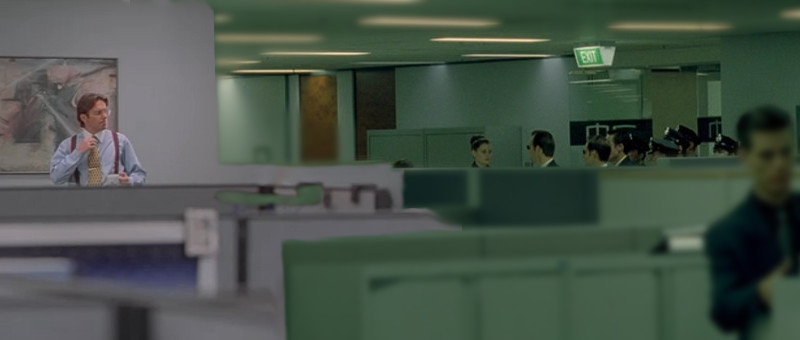
The Bad Guys Approach
Even though one is a modern comedy and the other a futuristic science fiction thriller, they both agree that office cubicles make for a a great "rat trapped in a maze" moment.
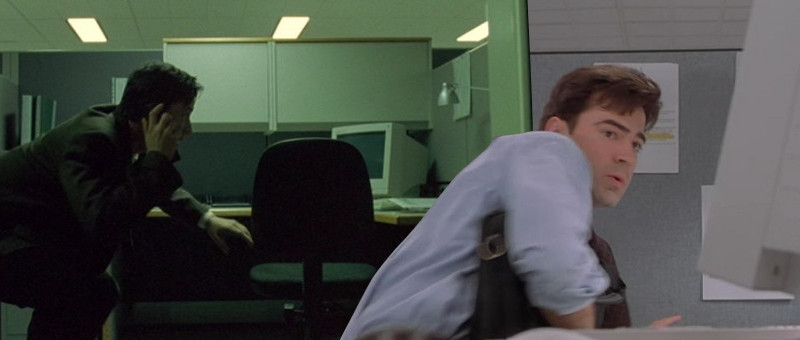
Stay Low to Escape
What's even crazier to me is that these films both came out within a few months of each other. Both use similar visuals, pacing, and tension to add drama to their tale.
As you think about creating your next project, don't be afraid to use a scene typically associated with a different genre. It may just work beautifully.
~Luke Holzmann
Your Media Production Mentor

The Bad Guys Approach
Even though one is a modern comedy and the other a futuristic science fiction thriller, they both agree that office cubicles make for a a great "rat trapped in a maze" moment.

Stay Low to Escape
What's even crazier to me is that these films both came out within a few months of each other. Both use similar visuals, pacing, and tension to add drama to their tale.
As you think about creating your next project, don't be afraid to use a scene typically associated with a different genre. It may just work beautifully.
~Luke Holzmann
Your Media Production Mentor
Subscribe to:
Comments
(
Atom
)
